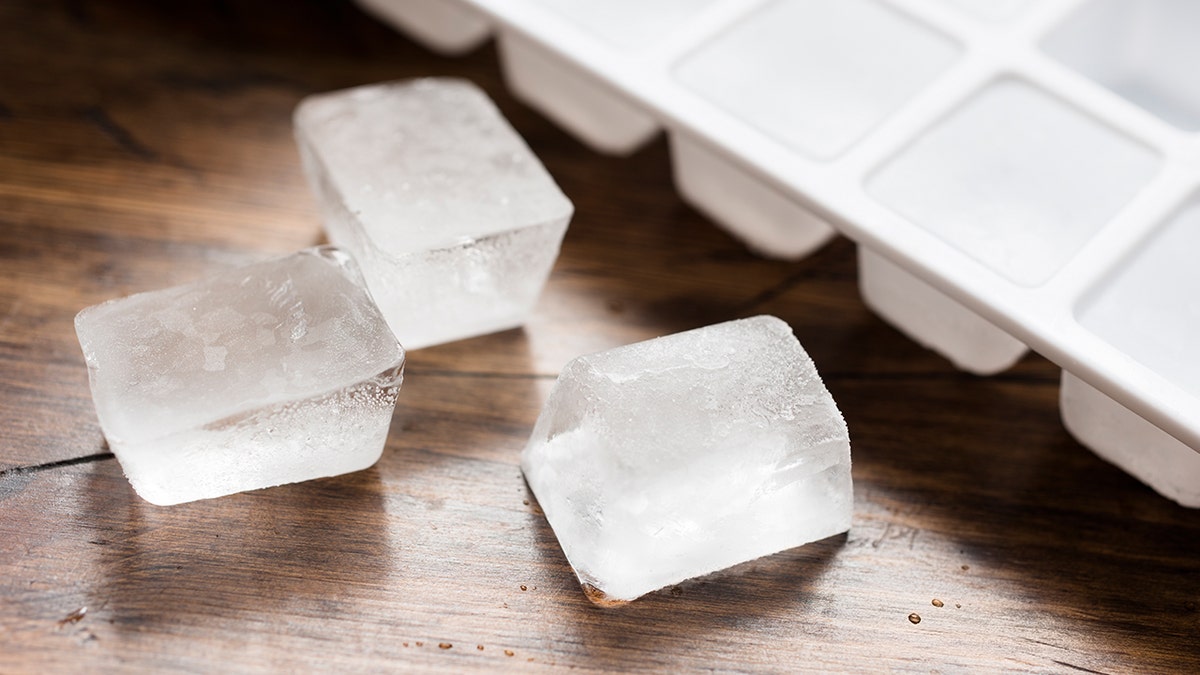
Like your drink on the rocks? You might think twice before taking it chilled. (iStock)
If you're hosting or attending a party in the near future, odds are you'll be pouring and downing all kinds of libations on the rocks. This brings us to an unsettling question: How clean is the ice swimming in your glass?
While ice is rarely scrutinized or a suspect of trouble, there are good reasons to take a second look—and not just in clubs and restaurants, but right in your own home. Here's what might be lurking in your ice that you might want to get rid of, stat.
The dirty truth about ice
For starters? "Ice has been linked to illnesses," says Benjamin Chapman, associate professor and food safety Specialist at North Carolina State University.
More From Realtor.com
In other words, if you're not careful, your drink could have a twist of frozen bacteria.
You may think most bacteria wouldn't survive the icy conditions of a freezer. But they do—in fact, scientists preserve bacteria and viruses in the lab for research by freezing them for months or years.
"No bacteria or virus we worry about when it comes to food-borne illness—listeria, pathogenic E. coli, salmonella, norovirus—die significantly when frozen," says Chapman. In 2013, an outbreak of norovirus caused by dirty ice at a golf course in Phoenix sickened 80 people.
To slow most bacteria's growth, the Food and Drug Administration recommends keeping the freezer at 0 degrees Fahrenheit or lower. But bacteria like listeria can still silently thrive in ice trays due to its ability to withstand the cold, says Chris Riley, a nutrition expert and owner of TheDaringKitchen.com.
Consuming listeria can result in fever, chills, vomiting and diarrhea, according to the Centers for Disease Control and Prevention. Older adults, those with a weakened immune system and pregnant women can even become seriously ill.
Why ice cubes can get gross
So how do bacteria come to reside in your ice? It could start at the very source.
Water travels through miles of pipes and pumps to get from the municipal treatment center to your house. Each year, public treatment plants must provide residents with a consumer confidence report—information about what contaminants, if any, are present in the local water supply, according to the Water Quality Association, a not-for-profit trade association. The WQA also recommends that homeowners have a water treatment professional or certified lab test their water at its “point of use”—i.e., a kitchen faucet.
"If the water coming in is safe, the ice can remain at that same level of safety," says Chapman. But, unfortunately, keeping ice sparkling clean takes work.
If your water source checks out, there are plenty of other reasons why ice can potentially get icky. The biggest offender is if your home's main water filter is clogged.
"That's where homeowners should look at first if they notice their ice smells different," says Doug Rogers, president of Mr. Appliance. A water filter that’s constantly used should be replaced every six months.
While changing a filter won't stop all harmful bacteria, it is a good idea for taste, says Chapman, as filters do remove pollutants such as pesticides and chlorine.
The ice maker in your freezer also uses a secondary filter to stop particles from contaminating the ice. To keep your ice clean, change the freezer’s water filter as frequently as the manufacturer recommends, about every six months.
How to keep your ice clean
All that said, "most issues with ice arise due to handling, such as sticking unwashed hands into a container," says Chapman.
As such, always wash your hands thoroughly before handling ice, or better yet, use a scoop. And keep your cubes safe by organizing your food so that items don't spend years in the bottom of the freezer harboring bacteria that can then spread to your ice, says Riley. Make sure frozen food is properly sealed or double-wrapped. Label with a use-by date and make sure you keep to it.
If the ice storage bin gets too full or isn’t used often enough, the slight melting and refreezing of cubes also quickly affects the taste and allows pathogens to take hold. To combat this, remove the ice storage bin from the freezer and dump any clumps into the sink. Since inactivity causes ice clumps to form, the easiest long-term fix is to use the ice maker more frequently.
Another key to keeping a clean freezer is staying on top the ice buildup. Don't forget to defrost and deep clean your freezer at least once a year, says Riley. As a rule of thumb, if the ice buildup is a quarter-inch or thicker, then it's time to defrost and clean.
The reason: If the ice in your freezer is older than a few weeks, it may absorb gases given off by food in your freezer. These odors can also be picked up from items in a dirty refrigerator, as air can move between the fridge and the freezer, says Chapman.
So to be extra safe when it comes to hosting: Always make a fresh batch of ice the day before or day of a party. Cheers!




















